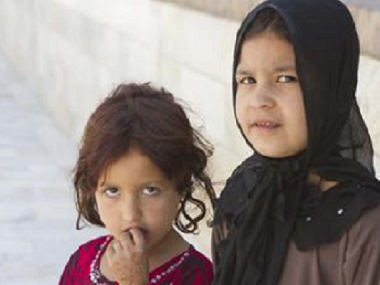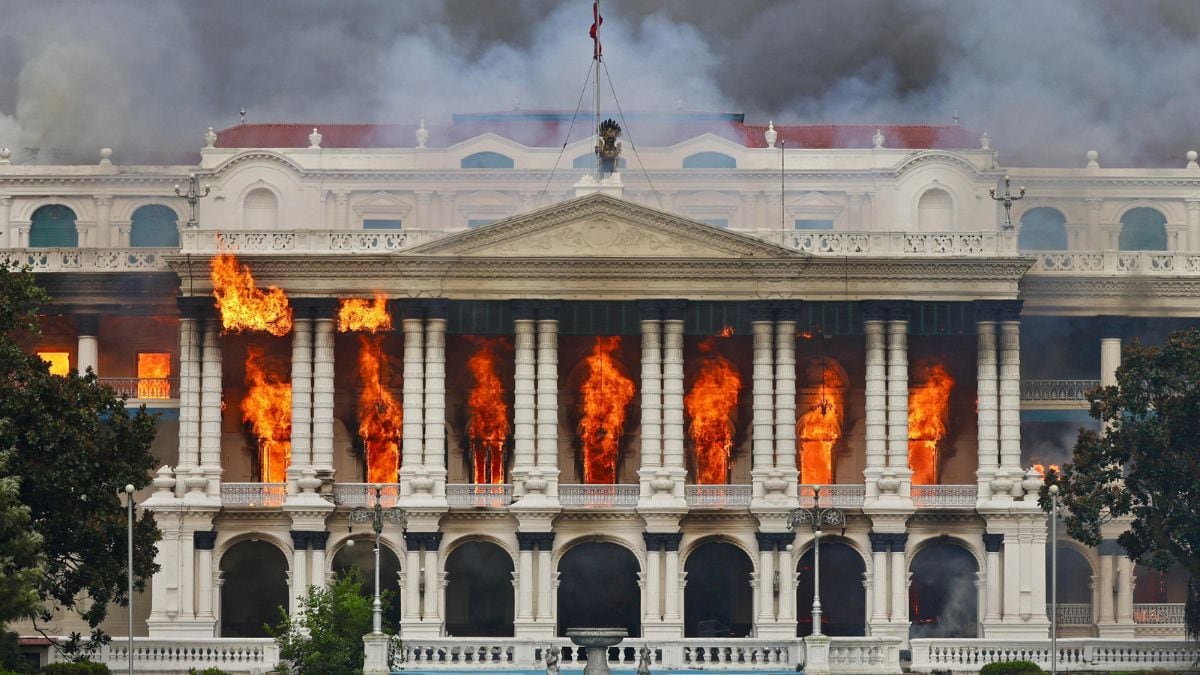By Anchal Vohra It was a bloody Eid for the 3 lakh-plus inhabitants of Kunduz in North Afghanistan. As the Taliban unfurled its flag over critical state symbols like the governor’s house, police headquarters and the office of the NDS — the Afghan intelligence agency, haunting memories of the Taliban takeover of the 1990s came alive. And even though Afghan forces, backed by Nato’s air power, rushed to retake the city, 28 September will be remembered as the day Kunduz fell. The bread basket of Afghanistan and a strategic trade route, Kunduz was the last Taliban stronghold to fall in 2001, when the US attacked Afghanistan. [caption id=“attachment_2465510” align=“alignleft” width=“380”] Two young girls in Kunduz. Anchal Vohra/CNN-IBN[/caption] The city’s capture and the ongoing battle with the Taliban to reclaim Kunduz has raised several important questions about the preparedness of Afghan national security forces. The siege in September was by no means a surprise. The Taliban had first tried to capture Kunduz in April, the same day I was interviewing President Ashraf Ghani in Kabul. The attack led Ghani to delay his visit to India by four hours, but luckily Afghan forces cordoned off the city and the president flew to India. Pushed out in April, and blocked from entering the city, the Taliban started encroaching on the outskirts of Kunduz. Pushed out in April, and blocked from entering the city, the Taliban began encroaching on the outskirts of Kunduz. Securing Gortepa, which connects with Char Dara and Qala-e Zal districts, they then strengthened positions in Aliabad to the south and by mid-August, the Taliban had occupied the Aqtash area of Khanabad district connecting Takhar to Kunduz. By surrounding Kunduz, as the Taliban choked the Afghan government’s supply routes, the terror outfit slowly made in-roads into Kunduz city. Their strong presence on the outskirts made it difficult for the Afghan government to send reinforcements when the battle began. Executed with guerrilla precision, the strategy led to the capture of Kunduz. Taliban fighters hid in homes waiting for Eid — knowing that during the long holiday the administration would be laid-back and least effective. The governor of Kunduz Mohammad Omer Safi, came under fire as he was travelling out of Afghanistan on vacation. Even the NDS chief of Kunduz was out for Eid. To top it all, the men of the Afghan local police vacated the city once under attack. The efficiency and morale of the Afghan Local Police (ALP) has been in question for a while. Davood Moradian, director of the Afghan Institute for Strategic Studies says that the fall of Kunduz demystifies three myths: First, the myth that the Taliban is weak, because the attack reflects its readiness. Second, the myth that Afghan forces are ready. And third, the myth that Ghani’s pro-Pakistan policy might work. Kunduz raises significant questions about the readiness of Afghan forces: There are reportedly a total of two to 3.2 lakh in the Afghan National Army (ANA) and 1.2 lakh in the ALP. Although interestingly, the Afghan government has not been able to produce the names of many of these men. Western troops are currently operating in the advise and assist capacity and by the end of next year America wants to restrict its officials to the embassy. Post-Kunduz, many are demanding that Western troops resume their combat role. In an exclusive interview with me, Afghanistan’s Defence Minister Mohammed Masoom Stanekzai said that Afghanistan needs enablers and not the involvement of western troops in a combat role. What it all boils down to is that training and equipment are the enablers Stankezai is desperate for. While India has been providing training to thousands of Afghan soldiers, it has taken a highly cautious path in providing lethal defence equipment. So far, India has provided none, despite repeated requests by Kabul. I learnt that Afghanistan’s government renewed the request for four Mi-35 attack helicopters recently. The attack on Kunduz made this need rather urgent. Weeks before the attack on Kunduz, chief of the Resolute Support Mission and US forces General John F Campbell visited India and told high-ranking officials in the Government of India that the US would welcome a decision by India to give Afghanistan the attack choppers. This is being seen as a shift in US policy since during the UPA government, the US, in order to please Islamabad, had pressured New Delhi not to provide any lethal equipment to Afghans. “Twenty provinces in Afghanistan need attack choppers, how are we to distribute these four?” asks Moradian and says India’s help is too-little-too-late, but to give is a better decision than holding out. He says India and Afghanistan have a common enemy — Pakistan, and India should support Afghanistan in fighting it. “If India decides to give four choppers for symbolic value it means nothing, but if this reflects a paradigm change in New Delhi’s policy, that would be a welcome change. We want an assertive India in the region," he says. In response to my question about how India can help, the Afghanistan defence minister says, “I don’t tell India what to do, I ask India what can it do? Afghanistan is not relying on one country, but we would accept help from whoever provides it in a speedy manner." A request wrapped in a warning. India’s Ambassador to Afghanistan Amar Sinha reacted to Stanekzai’s remarks and said that news from Delhi was expected soon. Meanwhile the Taliban are still hiding in homes in Kunduz as the battle rages on.
India has been providing training to thousands of Afghan soldiers battling the Taliban, but it has taken a highly cautious path in providing lethal defence equipment. So far, India has provided none, despite repeated requests by Kabul.
Advertisement
End of Article
Written by FP Archives
see more


)

)
)
)
)
)
)
)
)



